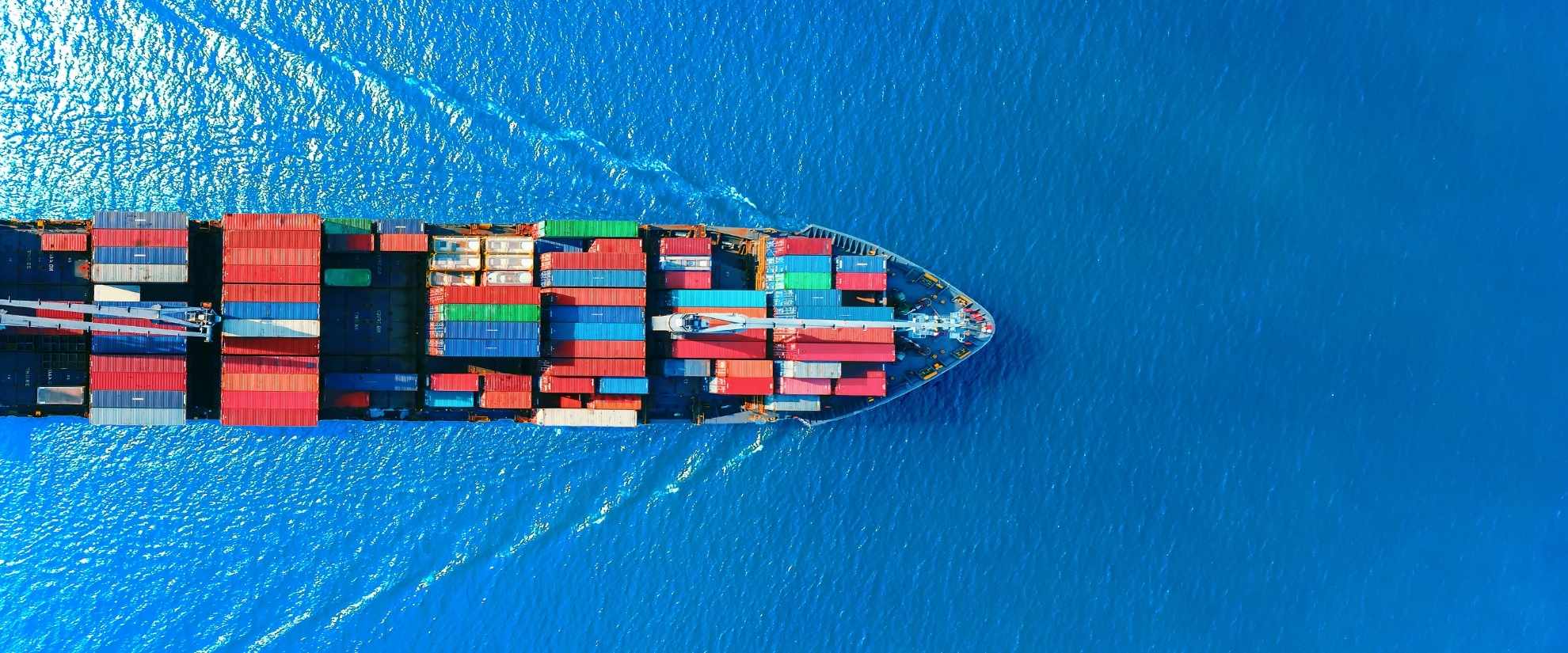
Today, TP adjustments can have far-reaching implications for both VAT and customs duties. Failure to manage these can lead to unexpected assessments, irrecoverable VAT, additional duties, and administrative headaches. This article explains why TP adjustments matter for VAT and customs, explores the latest legal and practical developments, and outlines steps you can take to mitigate risk. In the upcoming weeks, we will publish more in-depth articles discussing the various subjects separately.
Case law spotlight: growing scrutiny from the CJEU
Recent cases underscore how authorities interpret these rules:
Högkullen AB (C-808/23): Clarified limits on using open market value rules to revise intra-group services for VAT.
Arcomet (C-726/23): Confirmed that TNMM-based service fees may fall within VAT scope when linked to actual services, even if the amount is calculated retroactively.
Pending case Stellantis Portugal (C-603/24): Will address whether retrospective TP adjustments on goods distribution represent new supplies or adjustments to the original price.
The trend is clear: tax authorities increasingly question whether TP adjustments are taxable. Businesses that cannot demonstrate the nature of their adjustments, and support this with robust documentation, face real risk of penalties, interest, and disputes.
Practical challenges for businesses
If a TP adjustment is deemed to affect VAT, the implications are far from trivial:
- Correction of historical VAT returns
- Issuing invoices or credit notes
- Updating EC Sales Lists and Intrastat filings
For companies with limited VAT recovery rights, upward adjustments can even create irrecoverable VAT costs, turning a compliance exercise into a significant P&L impact.
Relevance of TP documentation for VAT
For determining the correct VAT implications of a TP-adjustment, the content of the underlying TP documentation is key.
This can also be derived from the CJEU case Weatherford Atlas Gip SA. In this case, a supplier simultaneously provided services to several group entities and issued invoices to different group entities. The CJEU ruled that the group entities could deduct the input VAT incurred for the received invoices, when the invoice amount corresponds to the services which the entity received for the purposes of its own taxed output transactions.
To demonstrate that this condition has been fulfilled, the TP documentation becomes relevant.
Customs: a risk few businesses see coming
While VAT implications are increasingly recognised, customs impact is often overlooked, yet can be just as significant.
When goods are imported into the EU, customs duties are calculated based on the transaction value, the price actually paid or payable for the goods. If a TP adjustment changes this price, it may also change the customs value, meaning that import declarations may need to be revised.
- Upward adjustment could mean additional customs duties must be paid, often with interest.
- Downward adjustment could mean refunds may be available, but only if properly documented and reported.
Legal Developments: From Hamamatsu to recent case law
The Hamamatsu case (C-529/16) caused uncertainty by suggesting that retroactive TP adjustments resulted in the fact that another customs valuation method should be used. In practice, we see that the consequences of the Hamamatsu case are not completely clear, especially when another transfer pricing method is being used.
In case law in the Netherlands, Customs has taken the position that an upward adjustment (based on TNMM) must be added to the transaction value. Customs argues that the transfer pricing adjustment is related to the goods and increases the customs value. Both the Court and the Court of Appeal ruled in favour of Customs. The Supreme Court has not yet ruled. Based on recent case law, TP adjustments may increase or decrease the customs value.
The Dutch perspective: annual disclosure and rulings
Dutch Customs allows companies to report TP-related customs value adjustments on an annual, lump-sum basis. However, this requires prior approval, usually in the form of an Advance Valuation Ruling (AVR). Such rulings:
- Define how TP adjustments will be reflected in customs value
- Provide certainty on additional duties or refunds
- Reduce audit exposure and compliance risk
Without such agreements, companies risk lengthy disputes and the loss of duty refunds.
The consequences of neglecting the VAT and customs implications of TP adjustments include:
- Unexpected assessments and penalties for underpaid taxes or duties
- Irrecoverable VAT costs for partially exempt businesses
- Missed refunds on downward adjustments
- Significant administrative burden from retroactive corrections and reporting
Add to this the growing trend toward real-time tax reporting and increased transparency, and it is clear that reactive approaches no longer work.
What should businesses do now?
The solution lies in integration and proactivity:
- Review your TP policies to identify adjustments that could impact VAT or customs.
- Strengthen ERP capabilities to allocate adjustments across individual transactions and apply correct tax codes.
- Engage early with authorities, consider AVRs for customs, and document VAT positions clearly.
- Document purposefully: ensure that the intercompany agreements, policy documents, and TP documentation align and explicitly cover adjustment mechanisms.
- Take steps to reduce the need for TP adjustments: by increasing control over operational TP (i.e. price setting), increasing the frequency of TP reviews as to conduct course corrections during the year and including TP corrections on the agenda in the lead up to year-end?
Key takeaways
In this day and age, transfer pricing adjustments can no longer be seen as a stand-alone retroactive correction limited to corporate income tax. They can end up affect your entire tax and trade compliance framework as well as your bottom line. Companies that manage these interactions proactively not only reduce audit risk but can also unlock opportunities such as improving cash-flow positions by not over-paying VAT and customs duties and having to wait in uncertainty whether refunds might be secured.
Would you like to understand how these developments impact your business?
Please contact one of our specialists. They are happy to help you out.
This newsletter has been written in collaboration with Customs Knowledge.










